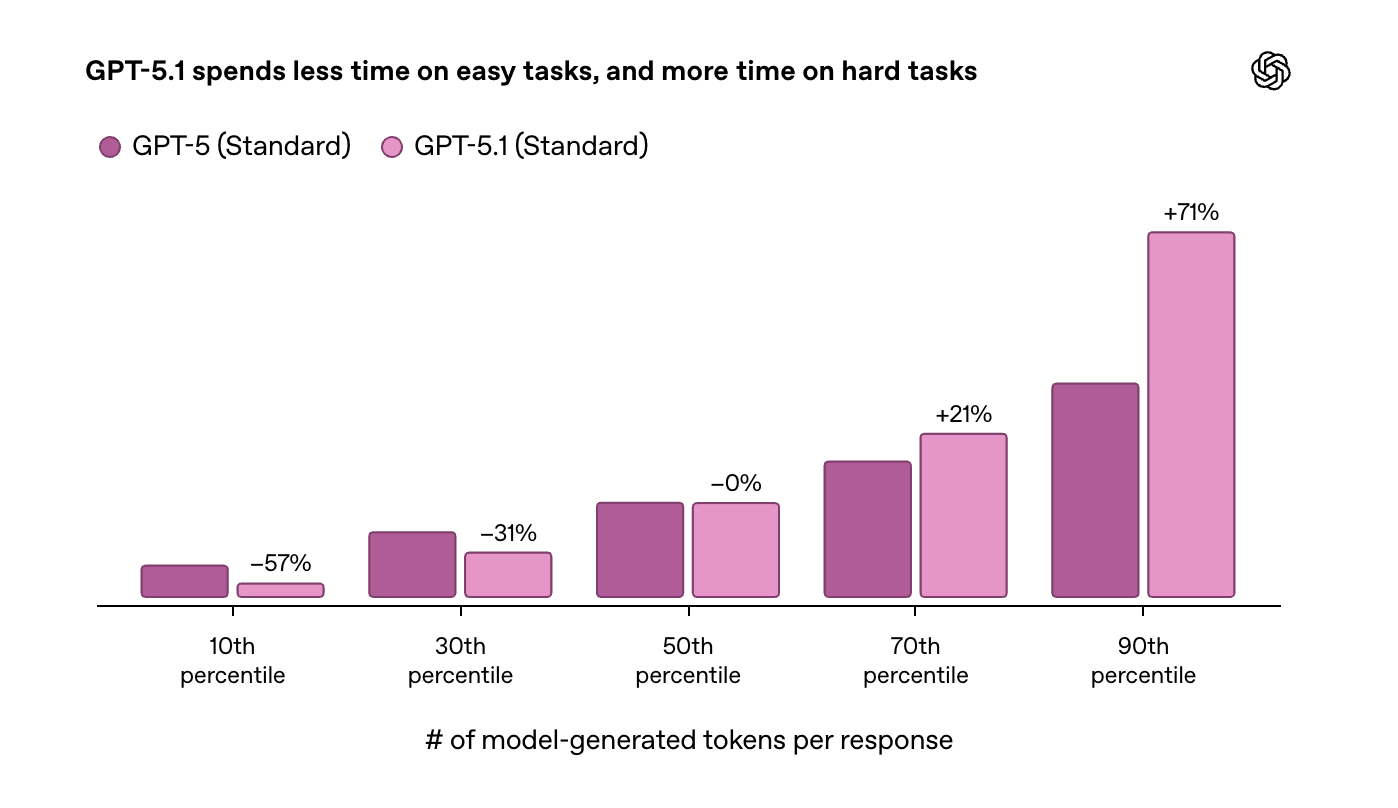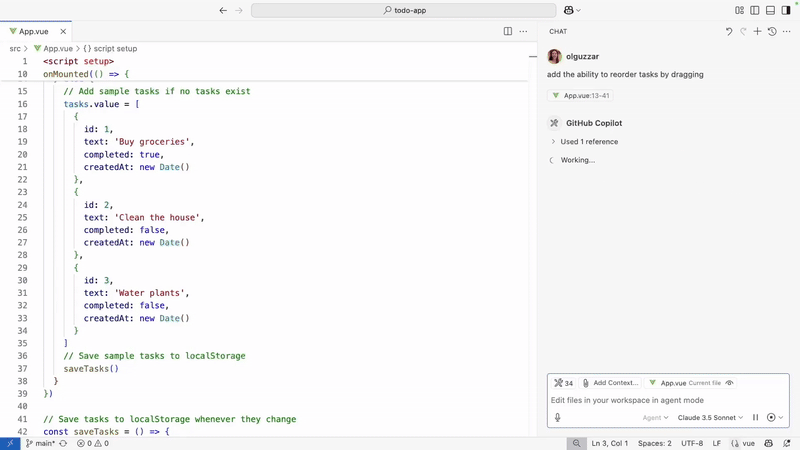AI coding is about to change forever — this new IDE feature is unbelievable
AI coding is evolving rapidly.
Windsurf just released a game-changing feature that instantly made it clear what direction the entire AI coding landscape is heading.

Now with the new Hybrid Agent Mode feature — you are gonna have multiple models working together in a way they’ve never done before.
- One model handles the planning and thinking
- Another model executes the code
This is going to make such a huge impact on the speed and quality of the results we get from our models.
Now you’re pairing a top-tier reasoning model with an ultra-fast executor for both quality and speed.
We’ve already seen Cursor going all in with the multi-agent parallel coding feature with their recent major upgrade.

And just recently we’ve Google doing the same with their new Gemini 3-powered Antigravity IDE.

It’s clear that multi-model coding is rapidly becoming the default way to build software.
Incredible hybrid of models
It’s like a tiny two-person team:
Sonnet 4.5 → The architect
It reads your instructions, interprets the repository, maps out the steps, anticipates edge cases, and creates the plan of attack. Windsurf supports Sonnet 4.5 with extremely large context windows—up to around 1M tokens—so it can operate on massive codebases without losing track.
SWE-1.5 → The implementer
It carries out the plan: editing files, running commands, writing tests, building artifacts. With near-Sonnet quality but ~13× faster throughput, SWE-1.5 is ideal for high-volume token generation.
The philosophy is simple:
Put the smartest brain on the plan, put the fastest hands on the keyboard.
Why this is so huge
1. Most model failures happen before code generation
AI models usually mess up because of faulty reasoning, not faulty typing. A bad decomposition or misread requirement corrupts everything downstream. By letting Sonnet handle the reasoning and delegation, Windsurf hopes to eliminate the majority of errors at the source.
2. Speed isn’t cosmetic — it changes usage
When execution happens 10–13× faster, developers:
- iterate more,
- try bolder refactors,
- stop treating the agent like a slow batch processor.
Windsurf’s bet is that extreme speed turns the agent into a real-time coding partner instead of an asynchronous assistant.
3. Clever cost savings
Sonnet 4.5 is a premium model.
But in hybrid mode, Sonnet only generates small planning prompts while SWE-1.5 handles the large token output. This lets Windsurf offer “Sonnet-level judgment at SWE prices.” Community commentary even describes it as:
“Claude’s brain, SWE’s budget.”
The future of AI coding is orchestration — not single models
As frontier models converge in capability, the next competitive layer is how tools coordinate multiple models. Windsurf is leaning into this:
- planners vs executors
- long-context vs fast-throughput components
- structured loops instead of single-shot generation
In 2024 the product was “the model.”
In 2025 the product is the agent architecture.
A nudge toward spec-first coding
The hybrid mode subtly rewards developers who express intent clearly. The ideal workflow becomes:
- Let Sonnet infer or generate a detailed plan/spec.
- Let SWE compile that spec into code quickly and consistently.
This pushes AI-assisted coding toward real engineering discipline—constraints, acceptance criteria, and explicit structure—rather than vague “vibe prompting.”
How to make the most of it
- Ask Sonnet to show or refine its plan before execution.
- Write tests or guardrails so the fast executor runs safely.
- Use hybrid for medium-to-large refactors or features, where planning has enough room to matter.
- For micro-edits, consider running SWE-1.5 alone to avoid drift.
Windsurf’s Sonnet-planner + SWE-executor system gives you an intelligent, coordinated dev pair: a lead engineer setting direction and a lightning-fast builder doing the heavy lifting.
Multi-model software development is where the future is.

















































